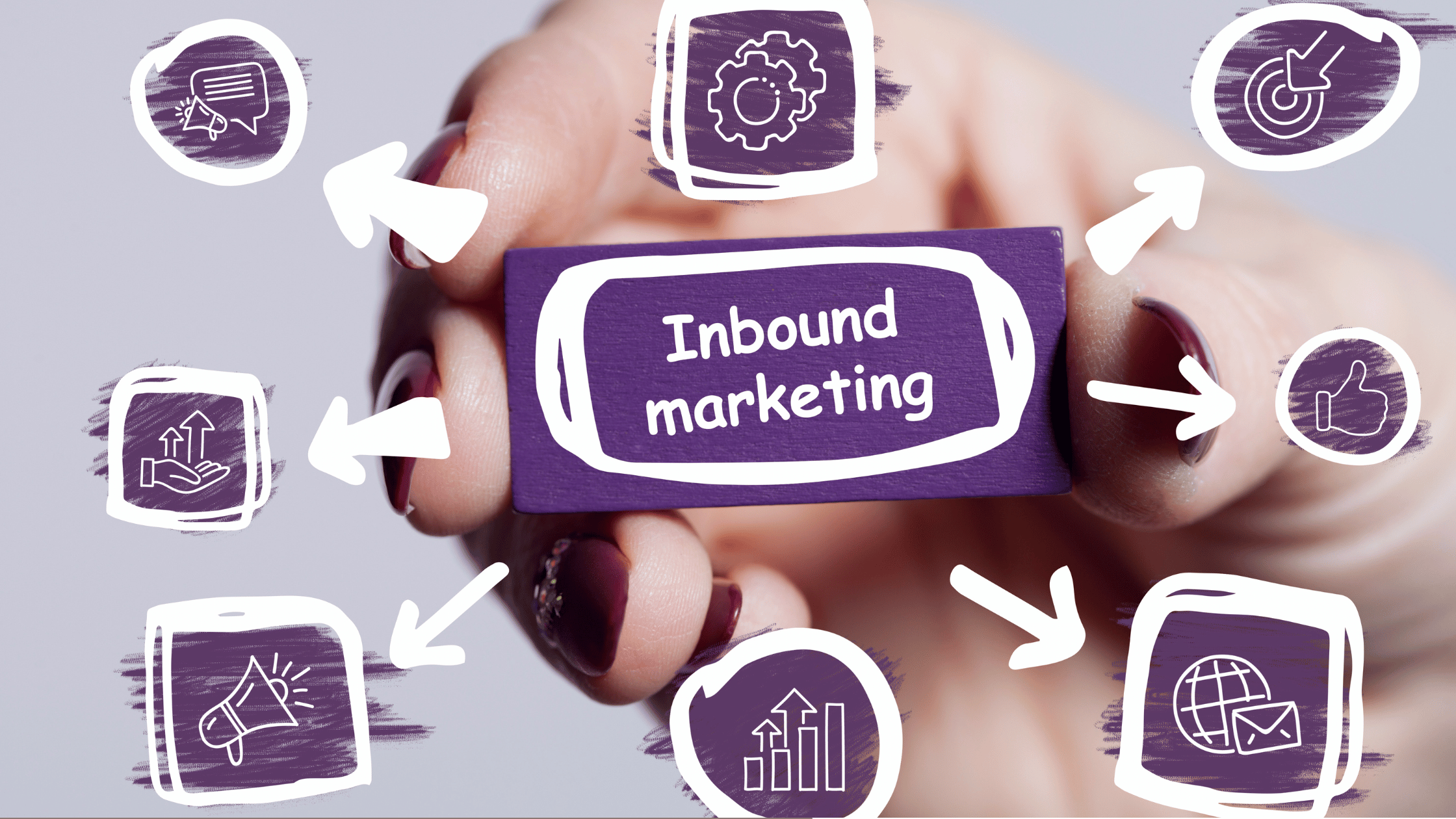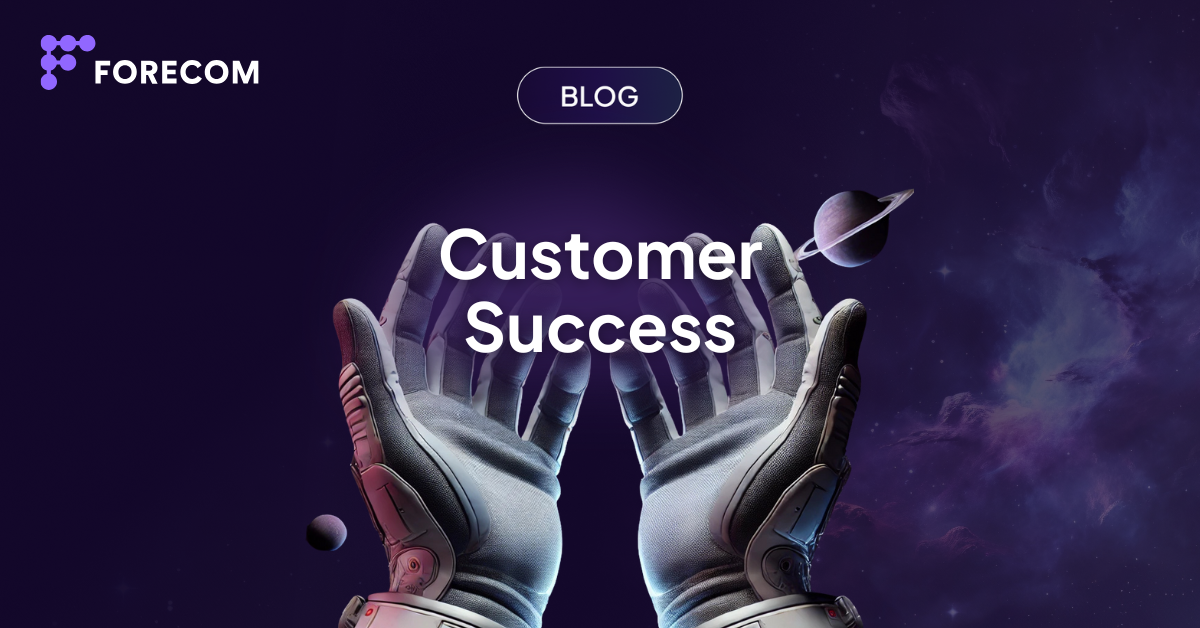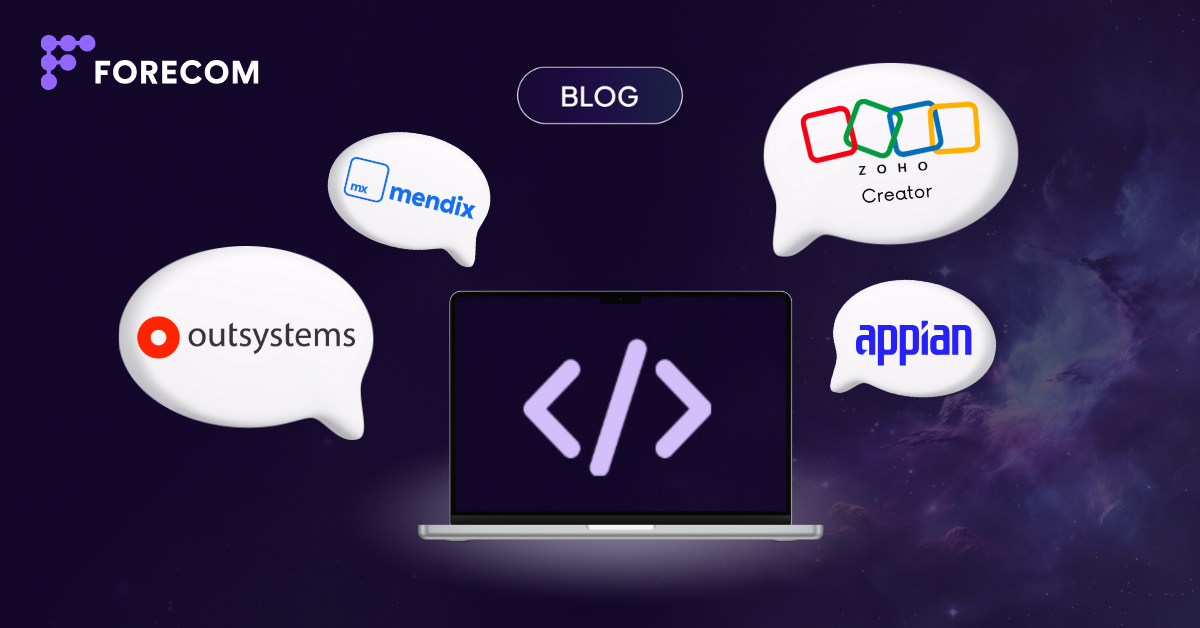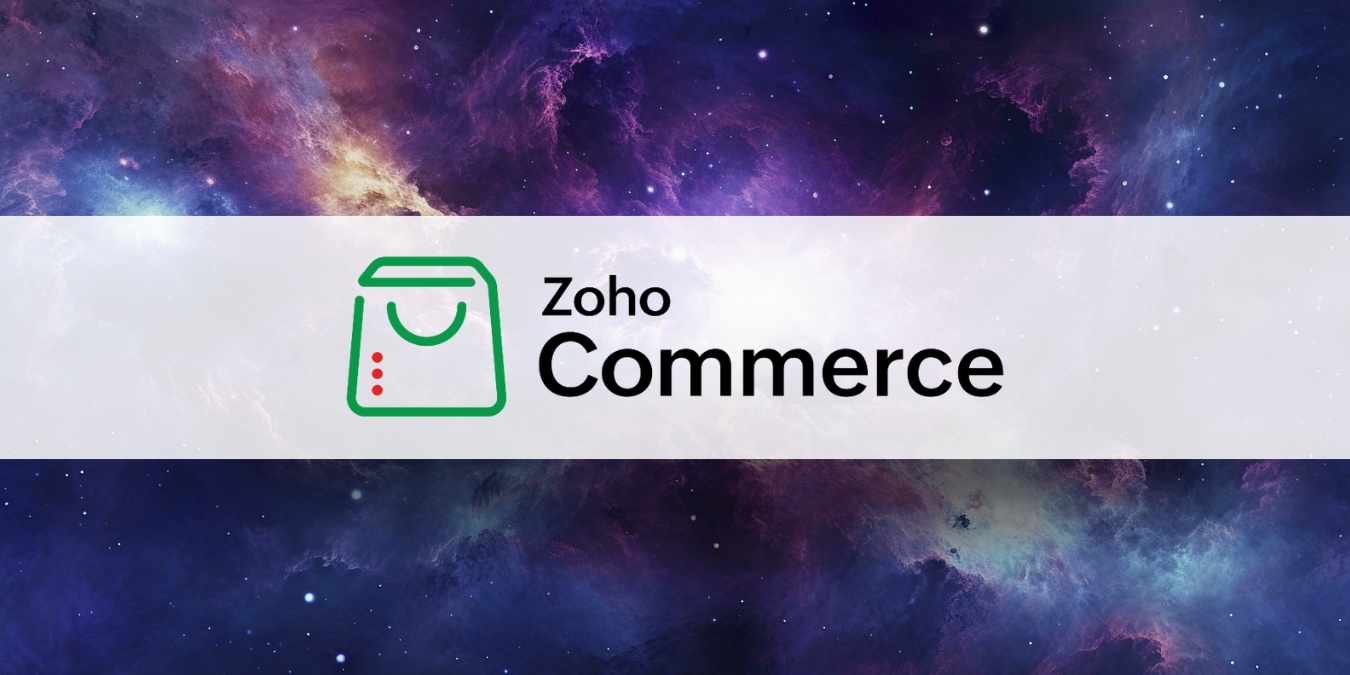Inbound marketing is a powerful tool that can help businesses increase their visibility, attract potential customers, and convert leads into paying customers.
Content
Inbound Marketing Channel Examples
Crafting an Inbound Marketing Strategy
Introduction
In this article, we will discuss the basics of inbound marketing and explore some tips for getting started with an effective strategy. Whether you're just getting started or already have an established inbound marketing process in place, we hope this post will provide you with valuable insights and ideas to help you take your inbound marketing efforts to the next level.
What is Inbound Marketing?
Inbound marketing is a digital marketing strategy that focuses on creating content and experiences tailored to the needs of potential customers who are looking for information related to products or services offered by your business.
Inbound strategies focus on attracting visitors, nurturing leads, and closing sales through tactics such as creating videos, webinars, podcasts, social media campaigns, email marketing, and blogging. This approach ensures that you are reaching the right people with the right content at the right time in their buying journey.
Traditionally, inbound marketing is divided into four distinct stages: attract, convert, close, and delight:
-1.png?width=1024&height=501&name=Colorful%20Cycle%20Diagram%20Graph%20(1)-1.png)
- The “attract” stage is all about creating visibility for your business by producing content that will draw in potential customers. This could include blogging and other content creation such as videos or podcasts, social media campaigns, email marketing, and search engine optimization (SEO).
- The "convert" stage is where you make the most of your generated leads by nurturing them into sales-ready prospects through subscription forms, call-to-action buttons, and landing pages.
- Next comes the "close" stage which is focused on turning those prospects into paying customers. By providing helpful information and guidance throughout this stage, they are more likely to commit to buying from you.
- Finally, the "delight" stage is about creating a positive experience for every customer and enabling them to become brand advocates through loyalty programs, rewards systems, surveys, etc.
Inbound vs Outbound Marketing
-1.png?width=518&height=438&name=inbound-vs-outbound-marketing-differences%20(1)-1.png)
Inbound marketing and outbound marketing are two different strategies that businesses can use to reach potential customers. Outbound marketing is a more traditional form of advertising, where companies actively push their message out through methods such as television, radio, or print ads.
In contrast, inbound marketing focuses on drawing customers in by creating valuable content that they look for based on their needs.
By providing helpful resources such as blog posts and ebooks, you can build trust and credibility with potential customers and increase your chances of turning them into paying customers.
However, it is important to keep in mind that there is still time and place for using outbound marketing. In fact, some of the most successful marketing strategies use the winning combination of both.
Inbound Marketing Channel Examples
Inbound marketing involves the mix and match of many different channels and tactics. Some of the most used ones by businesses are the following:
1. Content marketing
Content marketing involves creating content such as blog posts, videos, podcasts, webinars, and other forms of media to attract potential customers and engage them with your brand.
This may look like creating blog posts about topics related to your industry, creating video tutorials that demonstrate how to use your products or services, hosting live Q&A sessions over social media platforms like Facebook Live or Instagram stories, and writing helpful guides for people looking for solutions related to their problems. Options are simply endless!
2. Search Engine Optimization (SEO)
SEO is another important inbound marketing strategy that can help you boost your website’s visibility on search engines like Google and Bing. SEO involves optimizing key elements of your website such as title tags and meta descriptions in order to improve its rankings within the SERPs (search engine results pages).
3. Social Media Marketing (SMM)
Social media allows you to connect with potential customers and build relationships on platforms such as Facebook, Instagram, Twitter, and LinkedIn. By creating content that is tailored to your target audience, you can engage them in meaningful conversations and demonstrate your expertise.
4. Email Marketing
Finally, email marketing is one of the most cost-effective forms of inbound marketing. This strategy involves sending out emails containing valuable information or offers to a list of subscribers who have opted-in to receive emails from you. Email campaigns can be used to nurture leads and convert them into paying customers.
Benefits of Inbound Marketing
Inbound marketing offers a variety of benefits for businesses. Here are some of the most important ones:
1. Cost-effective
Inbound marketing is a cost-effective approach compared to traditional outbound marketing strategies, as it does not rely on expensive mass advertising or cold calls. It has a more sophisticated targeting that leads to a higher return on investment.
2. Credibility
By providing helpful resources such as blog posts and videos tailored to the needs of potential customers, you can gain trust and credibility with them. This ensures that customers have a favorable impression of your business before they even reach out to you.
3. Targeted approach
Inbound marketing enables businesses to better target potential customers through the use of data and analytics. This data can be used to create more effective campaigns that are tailored to the interests of your target audience.
4. Long-term relationships
Inbound marketing allows you to build relationships with your customers, foster loyalty and trust, and create a lasting connection. By engaging them with useful content on an ongoing basis, you can ensure that they become loyal customers for years to come.
Crafting an Inbound Marketing Strategy
Developing an effective inbound marketing strategy should start with the following steps:
1. Define your target audience
Begin by identifying your ideal customer persona and understanding their needs, pain points, and behaviors. A great tool for this is the Buyer Persona feature in Hubspot. Knowing this will help you create content that resonates with them and ultimately attracts them to your brand.
2. Set marketing goals
Establish specific, measurable goals that align with your business objectives. For example, you might aim to increase website traffic, generate leads, or boost social media engagement.
3. Develop a content strategy
Map out the types of content that will appeal to your target audience, such as blog posts, webinars, podcasts, or social media posts. Consider the topics and formats that are most likely to engage your audience.
4. Create content
Begin producing content that aligns with your content strategy. Ensure that it is high-quality, informative, and adds value to your audience. Don't forget to optimize your content for search engines and share it on social media.
5. Establish lead generation tactics
Identify ways to capture contact information from your website visitors, such as through sign-up forms or call-to-action buttons. This will allow you to follow up with them later and potentially convert them into customers.
6. Implement lead nurturing strategies
Use email marketing and other tactics to provide relevant information and nurture leads over time. This can help build trust and move leads closer to making a purchase.
7. Track and analyze results
Use tools like Google Analytics to measure the performance of your inbound marketing campaigns. Use this data to refine your strategy and improve your results over time.
Remember, inbound marketing is a long-term strategy that requires ongoing effort and optimization. But by following these steps, you can create a solid foundation for attracting and converting new customers.
Conclusion
In conclusion, inbound marketing is a great way for businesses of all sizes to reach potential customers and generate leads. It enables you to create quality content tailored specifically to your target audience and connect with them via multiple channels.
The benefits of inbound marketing are numerous, including cost-effectiveness and increased credibility. Plus, it can be more successful than outbound strategies as it allows you to reach consumers who are already interested in what you have to offer.
To maximize the effectiveness of your inbound marketing efforts, it is important to craft an effective strategy that considers your target audience, the platforms they use, and the type of content that will best resonate with them.
By following these steps, you can ensure that your inbound marketing plan is successful, and most importantly, ends up increasing your profits.
FAQ
1. What is inbound marketing?
Inbound marketing focuses on creating tailored content to attract potential customers, nurture leads, and close sales through various digital tactics.
2. How does inbound marketing differ from outbound marketing?
Outbound marketing involves traditional advertising methods, while inbound marketing draws customers in by creating valuable, targeted content.
3. What are the four stages of inbound marketing?
The stages are: attract, convert, close, and delight.
4. What are some examples of inbound marketing channels?
Examples include content marketing, search engine optimization (SEO), social media marketing (SMM), and email marketing.
5. What are the benefits of inbound marketing?
Benefits include cost-effectiveness, increased credibility, targeted approach, and long-term customer relationships.
6. How do I create an inbound marketing strategy?
Define your target audience, set marketing goals, develop a content strategy, create content, establish lead generation tactics, implement lead nurturing strategies, and track and analyze results.
7. How long does it take to see results with inbound marketing?
Inbound marketing is a long-term strategy with results varying over time, depending on effort and optimization.
8. Can inbound and outbound marketing be combined?
Yes, combining both strategies can lead to a more comprehensive and successful marketing approach.
9. What type of content should I create for inbound marketing?
Create relevant, informative, and valuable content that engages your target audience, such as blog posts, videos, webinars, podcasts, or social media posts
Topics: Marketing Inbound Marketing


















